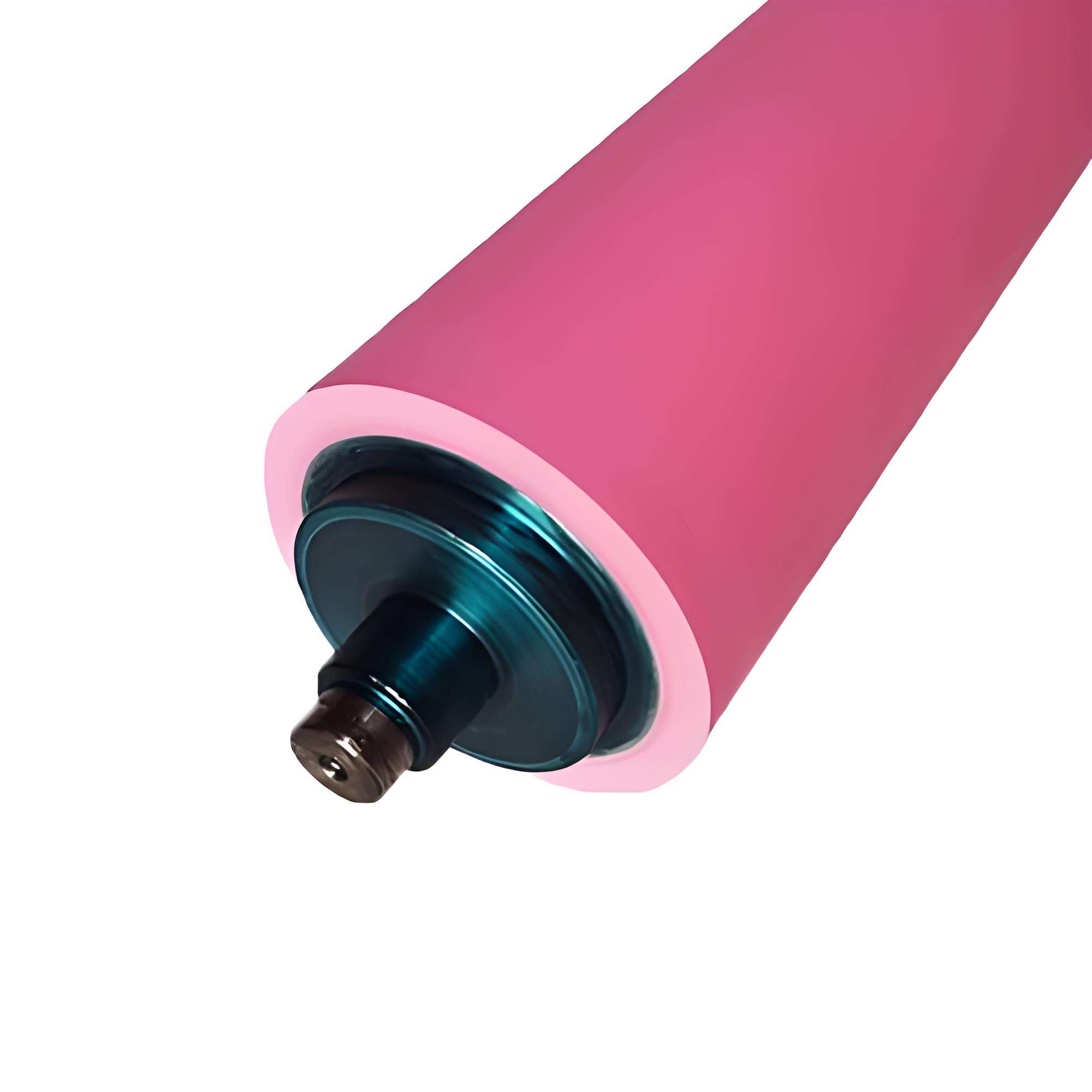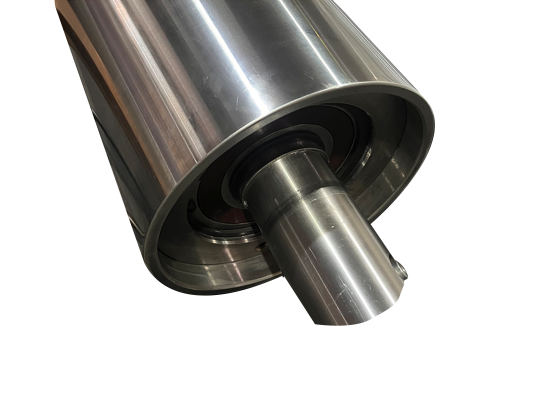palladium cross coupling
Palladium cross coupling represents a groundbreaking advancement in organic synthesis, enabling the formation of carbon-carbon bonds with unprecedented efficiency and selectivity. This revolutionary chemical process, which earned the Nobel Prize in Chemistry in 2010, utilizes palladium catalysts to join different organic molecules together under mild conditions. The reaction typically involves coupling an organic halide or triflate with an organometallic compound, facilitated by a palladium catalyst that undergoes a series of well-defined steps including oxidative addition, transmetalation, and reductive elimination. This methodology has transformed the landscape of synthetic chemistry, offering remarkable versatility in creating complex molecular structures. The technology features exceptional tolerance for various functional groups, operates under relatively mild conditions, and produces high yields with minimal side reactions. Its applications span numerous industries, from pharmaceutical development and agrochemical production to materials science and electronics manufacturing. The process has become particularly valuable in drug discovery, enabling the efficient synthesis of potential drug candidates and the optimization of existing pharmaceutical compounds.


